Home>Gardening & Outdoor>Landscaping Ideas>How To Turn A Yard Of Weeds Into Grass
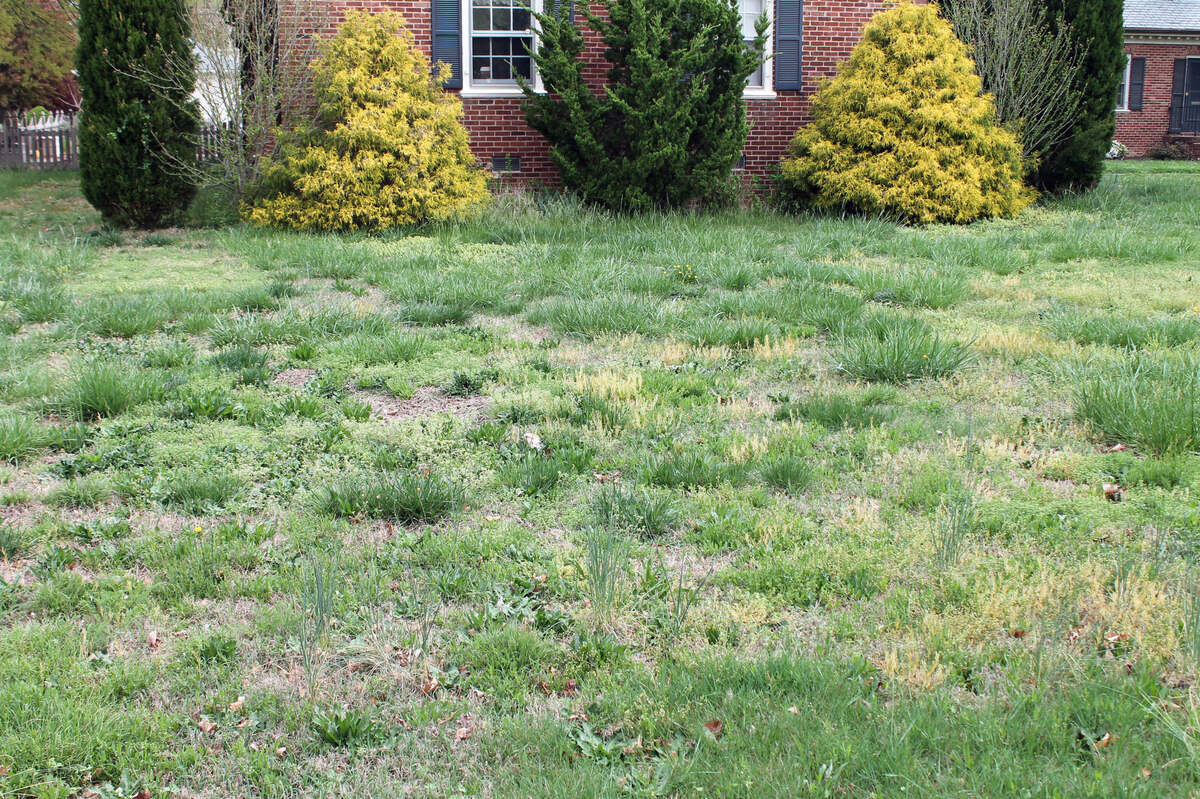

Landscaping Ideas
How To Turn A Yard Of Weeds Into Grass
Modified: February 18, 2024
Transform your yard of weeds into a lush green oasis with our expert landscaping ideas. Say goodbye to unsightly weeds and hello to a beautiful, healthy lawn. Discover the secrets to successful yard transformation today!
(Many of the links in this article redirect to a specific reviewed product. Your purchase of these products through affiliate links helps to generate commission for Storables.com, at no extra cost. Learn more)
Introduction
Transforming a yard overrun by weeds into a lush, green expanse of grass is a rewarding endeavor that can significantly enhance the beauty and functionality of your outdoor space. Whether you envision a vibrant lawn for leisurely picnics, children's play, or simply to elevate the aesthetics of your property, the journey from weed-infested terrain to a verdant carpet of grass begins with careful planning and diligent execution.
A yard marred by unsightly weeds can detract from the overall appeal of your home, diminishing its curb appeal and potentially impacting the value of your property. However, with the right approach and a touch of patience, you can breathe new life into your yard and create an inviting outdoor sanctuary for relaxation and recreation.
Embarking on the transformation from weeds to grass involves a series of strategic steps, each playing a crucial role in the success of the endeavor. From assessing the current condition of the yard to selecting the appropriate grass variety and implementing effective maintenance practices, every phase of the process contributes to the ultimate goal of achieving a vibrant, healthy lawn.
In the following sections, we will delve into the essential steps required to turn a yard of weeds into a flourishing carpet of grass. By understanding the intricacies of each phase and embracing the journey with enthusiasm, you can pave the way for a stunning lawn that will be the envy of the neighborhood. So, roll up your sleeves, gather your gardening tools, and let's embark on this transformative landscaping adventure together.
Key Takeaways:
- Transforming a yard of weeds into a lush, green lawn involves assessing the yard, removing weeds, preparing the soil, choosing the right grass, planting seeds or laying sod, and maintaining the new grass with care and attention.
- Selecting the right grass for sunlight, soil, and climate conditions is crucial. Once planted, consistent watering, fertilization, and pest management are essential for nurturing a vibrant and resilient lawn.
Read more: How To Turn A Weed Yard Into Grass
Step 1: Assess the current condition of the yard
Before embarking on the journey of transforming a yard of weeds into a lush green lawn, it is crucial to conduct a thorough assessment of the current state of the yard. This initial step sets the foundation for the entire process, providing valuable insights that will inform subsequent decisions and actions.
Begin by surveying the yard to identify the types of weeds that have taken root. Understanding the specific weed species present will help in devising targeted removal strategies and selecting the most suitable grass variety for the reseeding or sodding process. Take note of any areas of the yard that receive varying levels of sunlight, as this will influence the choice of grass species, ensuring that it thrives in the specific light conditions of each area.
Assess the soil quality by conducting a simple soil test. This will reveal essential information such as the pH level, nutrient composition, and soil texture. Understanding the soil's characteristics is pivotal in determining the necessary amendments and fertilization requirements to create an optimal environment for the new grass to flourish.
Additionally, evaluate the yard's drainage patterns to identify any areas prone to waterlogging or poor drainage. Addressing drainage issues at this stage will prevent potential water-related problems that could impede the healthy growth of the new grass.
Take note of any existing landscaping features, such as trees, shrubs, or garden beds, that may impact the distribution of grass in the yard. Consider how these elements can be integrated harmoniously with the new lawn, ensuring a cohesive and visually appealing outdoor space.
By meticulously assessing the current condition of the yard, you will gain a comprehensive understanding of the challenges and opportunities that lie ahead. Armed with this knowledge, you can proceed to the subsequent steps with clarity and confidence, laying the groundwork for a successful transformation from a weed-infested yard to a vibrant, thriving expanse of grass.
Step 2: Remove existing weeds
The process of transforming a yard of weeds into a flourishing lawn begins with the crucial task of eradicating the existing weeds. This step is fundamental to creating a clean canvas for the new grass to take root and thrive without competition from invasive plants. Here's how to effectively remove existing weeds and prepare the ground for the next phase of the transformation:
Manual Weed Removal
Start by manually removing the weeds from the yard. This can be achieved by using a handheld weeding tool, such as a dandelion digger or a sturdy garden fork, to uproot the weeds from the soil. Ensure that the entire root system is extracted to prevent regrowth. This method is particularly effective for targeting isolated weeds and smaller patches of infestation.
Chemical Weed Control
For larger areas overrun by weeds, consider using a selective herbicide to eliminate the unwanted vegetation. Selective herbicides are designed to target specific types of weeds while minimizing harm to desirable plants. It is essential to carefully follow the manufacturer's instructions and safety guidelines when using herbicides, ensuring proper application and adherence to recommended waiting periods before proceeding to the next steps.
Read more: How To Grow Grass In A Yard Full Of Weeds
Mechanical Removal
In cases where the weed infestation is extensive, mechanical methods such as tilling or sod removal may be necessary. Tilling the soil can effectively uproot weeds and disrupt their growth patterns, preparing the ground for the subsequent stages of lawn establishment. Alternatively, removing the existing sod and weeds altogether can provide a fresh start for the reseeding or sodding process.
Soil Amendments
After removing the weeds, consider incorporating organic matter into the soil to improve its structure and fertility. Adding compost or well-rotted manure can enhance the soil's nutrient content and promote a healthy environment for the new grass to thrive. Additionally, amending the soil with lime or sulfur based on the results of the soil test conducted during the initial assessment can help achieve the optimal pH level for grass growth.
By diligently removing existing weeds and preparing the soil for the next phase, you are laying the groundwork for a successful transition from weed-infested terrain to a verdant, rejuvenated lawn. This meticulous approach sets the stage for the subsequent steps, ensuring that the new grass will have the best possible start in its journey towards transforming your outdoor space into a vibrant and inviting oasis.
Step 3: Prepare the soil for grass
The foundation for a thriving lawn lies beneath the surface, within the soil that serves as the nurturing bed for the grass roots. As you embark on the journey of transforming a yard of weeds into a lush expanse of green, the meticulous preparation of the soil is a pivotal step that sets the stage for the successful establishment of new grass. Here's a comprehensive guide on how to prepare the soil to create an optimal environment for the growth and vitality of the upcoming lawn.
Soil Testing and Analysis
Before initiating any soil preparation activities, conduct a comprehensive soil test to gain valuable insights into the soil's composition, pH level, and nutrient content. This analysis provides essential information that guides the selection and application of soil amendments, ensuring that the soil is tailored to meet the specific requirements of the chosen grass species. Soil testing kits are readily available at garden centers and extension offices, offering a simple yet invaluable tool for understanding the soil's characteristics.
Read more: How To Turn A Muddy Yard Into Grass
Soil Aeration
Aeration is a critical practice that enhances the soil's structure and promotes better air and water penetration. Utilize a core aerator or aeration tool to perforate the soil, alleviating compaction and facilitating the movement of essential nutrients to the grassroots. This process also encourages the development of a robust root system, setting the stage for healthy and resilient grass growth.
Soil Amendments
Based on the results of the soil test, incorporate the necessary soil amendments to optimize the soil's fertility and structure. Organic matter, such as compost or well-rotted manure, can be added to enhance the soil's nutrient content and improve its water retention capacity. Additionally, the application of lime or sulfur can be employed to adjust the soil's pH level, creating an environment that is conducive to the successful establishment of the chosen grass variety.
Leveling and Grading
Achieving a uniform and level surface is essential for the even distribution of grass seeds or sod. Utilize a garden rake or leveling tool to smooth out any uneven areas and create a consistent grade across the yard. Proper grading also facilitates efficient water drainage, preventing potential waterlogging issues that could impede the growth of the new grass.
Fertilization
Incorporate a high-quality starter fertilizer into the soil to provide essential nutrients that support the initial growth of the grass. Select a fertilizer specifically formulated for new lawn establishment, ensuring that it delivers the necessary nutrients to promote strong root development and overall vigor.
By meticulously preparing the soil for the upcoming grass, you are laying the groundwork for a successful transition from a weed-infested yard to a vibrant, rejuvenated lawn. This strategic approach sets the stage for the subsequent steps, ensuring that the new grass will have the best possible start in its journey towards transforming your outdoor space into a lush and inviting oasis.
Step 4: Choose the right type of grass for your yard
Selecting the appropriate type of grass is a pivotal decision that significantly influences the overall success and resilience of your lawn. The choice of grass should be tailored to the specific environmental conditions of your yard, including sunlight exposure, soil type, and climate. By understanding the distinct characteristics of different grass species, you can make an informed decision that aligns with the unique requirements of your outdoor space.
Consider Sunlight Exposure
Evaluate the amount of sunlight that different areas of your yard receive throughout the day. Some grass species, such as Bermuda grass and Zoysia grass, thrive in full sunlight, making them ideal choices for yards with ample sun exposure. In contrast, if certain areas of your yard are shaded for a significant portion of the day, consider shade-tolerant grass varieties like Fine Fescue or St. Augustine grass to ensure successful growth in these conditions.
Assess Soil Type and pH
Understanding the composition and pH level of your soil is essential in selecting a grass variety that will flourish in the specific soil conditions of your yard. For example, if your soil is acidic, consider grass types such as Centipede grass or Bahia grass, which are well-suited to acidic soils. Conversely, if your soil is alkaline, options like Buffalo grass or Kentucky Bluegrass may be more compatible with these conditions.
Climate Adaptability
Take into account the climate of your region when choosing a grass type. Some grass species are better equipped to withstand heat and drought, making them suitable for warm-season climates, while others exhibit greater cold tolerance, making them ideal for cooler regions. Warm-season grasses like Zoysia grass and Bermuda grass thrive in southern regions, while cool-season grasses such as Kentucky Bluegrass and Tall Fescue are better suited to northern climates.
Maintenance Requirements
Consider the level of maintenance and care that different grass varieties demand. Some grasses may necessitate frequent mowing, watering, and fertilization, while others exhibit greater resilience and require minimal upkeep. By aligning the maintenance requirements of the grass with your available time and resources, you can ensure that your lawn remains healthy and vibrant with manageable maintenance efforts.
By carefully considering these factors and selecting a grass variety that harmonizes with the unique characteristics of your yard, you set the stage for a thriving and resilient lawn. The right choice of grass not only enhances the aesthetic appeal of your outdoor space but also contributes to the overall enjoyment and functionality of your yard, creating a welcoming environment for leisure and relaxation.
Step 5: Plant the grass seeds or lay sod
Planting the grass seeds or laying sod marks a pivotal phase in the transformation of a weed-infested yard into a lush, vibrant lawn. Whether you opt for seeding or sodding, this step sets the stage for the emergence of new grass, breathing life into your outdoor space and paving the way for a verdant expanse that beckons with its natural beauty.
Planting Grass Seeds
If you choose to sow grass seeds, begin by selecting high-quality seeds that align with the specific requirements of your yard, considering factors such as sunlight exposure, soil type, and climate adaptability. Prepare the soil by raking it to create a fine, level surface, ensuring optimal seed-to-soil contact for successful germination. Utilize a broadcast spreader or a handheld spreader to evenly distribute the grass seeds across the prepared area, following the recommended seeding rates provided by the seed manufacturer.
After seeding, gently rake the soil to cover the seeds with a thin layer of soil, promoting moisture retention and protecting the seeds from birds or other disturbances. Water the seeded area thoroughly, ensuring that the soil remains consistently moist during the germination period. Implement a regular watering schedule to support the establishment of the young grass plants, fostering strong root development and overall vigor.
Laying Sod
Alternatively, laying sod offers an expedited way to establish a new lawn with instant visual impact. Begin by preparing the soil in a manner similar to seeding, ensuring that it is well-aerated, amended, and leveled. Acquire high-quality sod from a reputable supplier, selecting sod rolls that exhibit healthy, dense root systems and vibrant green coloration.
Lay the sod in a staggered pattern, similar to bricklaying, to promote seamless integration and minimize visible seams. Ensure that the sod pieces are snugly fitted together, eliminating gaps that could impede root establishment. After laying the sod, gently roll the surface to enhance soil-to-sod contact and expel any trapped air pockets.
Following the sod installation, thoroughly water the newly laid sod, facilitating root penetration and minimizing stress on the grass. Maintain consistent soil moisture during the initial establishment phase, adjusting the watering frequency based on environmental conditions and the specific requirements of the sod variety.
By meticulously planting grass seeds or laying sod, you are nurturing the birth of a new, vibrant lawn that will transform your outdoor space into a welcoming haven of natural beauty. This pivotal step sets the stage for the emergence of a lush, resilient carpet of grass, bringing your vision of a revitalized yard one step closer to fruition.
Read more: How To Restore Grass In Yard
Step 6: Water and maintain the new grass
After planting the grass seeds or laying sod, the journey towards a vibrant, healthy lawn continues with the crucial task of watering and maintaining the new grass. This phase is instrumental in nurturing the young grass plants, fostering robust root development, and ensuring the establishment of a resilient and verdant lawn that will grace your outdoor space with its natural beauty.
Watering Practices
Proper watering is essential to support the initial growth and establishment of the new grass. During the germination phase following seeding, maintain consistent soil moisture by lightly watering the seeded area multiple times a day, ensuring that the soil remains consistently moist but not waterlogged. As the grass plants mature, gradually transition to a deeper and less frequent watering schedule, allowing the roots to penetrate deeper into the soil in search of moisture. For sodded areas, ensure thorough and even watering immediately after installation to facilitate root establishment, followed by regular irrigation to sustain the health and vigor of the sod.
Monitoring Soil Moisture
Regularly monitor the soil moisture levels to gauge the watering needs of the new grass. Utilize a soil moisture meter or simply perform a visual and tactile assessment of the soil to determine when watering is necessary. Avoid overwatering, which can lead to shallow root development and susceptibility to diseases, as well as underwatering, which can result in stress and stunted growth. Strive to maintain a balance, providing adequate moisture to support the healthy growth of the grass while allowing the soil to dry out slightly between watering sessions to encourage deep root development.
Fertilization and Maintenance
As the new grass begins to establish itself, consider implementing a fertilization schedule to provide essential nutrients that support its growth and vitality. Select a high-quality, slow-release fertilizer specifically formulated for new lawn establishment, ensuring that it delivers the necessary nutrients to promote strong root development and overall vigor. Additionally, regular mowing, aeration, and dethatching practices can contribute to the health and resilience of the new grass, promoting a dense and lush lawn that enhances the beauty and functionality of your outdoor space.
Read more: How To Level A Yard With Grass
Pest and Weed Management
Vigilantly monitor the new grass for signs of pests and weeds, addressing any issues promptly to prevent potential damage to the emerging lawn. Implement integrated pest management practices to mitigate pest infestations, utilizing environmentally friendly methods to control and deter pests while minimizing harm to beneficial organisms. Similarly, employ targeted weed control measures to prevent invasive plants from competing with the new grass, ensuring that it has the best possible environment to thrive and flourish.
By diligently watering and maintaining the new grass, you are nurturing the growth of a vibrant and resilient lawn that will enrich your outdoor space with its natural allure. This ongoing care and attention pave the way for a lush and inviting expanse of grass, transforming your yard from a weed-infested terrain into a captivating oasis of greenery and tranquility.
Conclusion
In the journey from a yard overrun by weeds to a flourishing expanse of grass, each step plays a pivotal role in the transformation of the outdoor space. The meticulous assessment of the yard's current condition sets the stage for informed decision-making, guiding the subsequent actions towards creating an optimal environment for the new grass to thrive. By removing existing weeds and preparing the soil with precision, the groundwork is laid for the emergence of a resilient and vibrant lawn.
The selection of the right type of grass tailored to the unique characteristics of the yard ensures that the new lawn will not only survive but thrive, harmonizing with the environmental conditions and maintenance capabilities. Whether seeding grass seeds or laying sod, the act of planting marks the birth of a new, revitalized lawn, breathing life into the outdoor space and setting the stage for a verdant oasis of natural beauty.
As the new grass takes root and begins to flourish, the ongoing care and maintenance play a crucial role in nurturing its growth and resilience. From strategic watering practices to vigilant pest and weed management, each aspect of maintenance contributes to the long-term health and vibrancy of the lawn, ensuring that it remains a captivating centerpiece of the outdoor environment.
The journey from a yard of weeds to a lush expanse of grass is not merely a physical transformation but a testament to the transformative power of dedication, knowledge, and care. It is a journey that transcends the mere act of landscaping, embodying the spirit of rejuvenation and renewal that enriches the outdoor space and elevates the overall quality of life.
As the new grass flourishes and the once weed-infested yard transforms into a captivating oasis of greenery, the rewards of the journey become evident. The revitalized lawn becomes a canvas for cherished memories, a backdrop for leisurely moments, and a source of natural beauty that enhances the entire property. It stands as a testament to the transformative potential inherent in every outdoor space, inspiring a sense of pride and joy in the hearts of those who have embarked on the journey of turning a yard of weeds into a flourishing expanse of grass.
Frequently Asked Questions about How To Turn A Yard Of Weeds Into Grass
Was this page helpful?
At Storables.com, we guarantee accurate and reliable information. Our content, validated by Expert Board Contributors, is crafted following stringent Editorial Policies. We're committed to providing you with well-researched, expert-backed insights for all your informational needs.
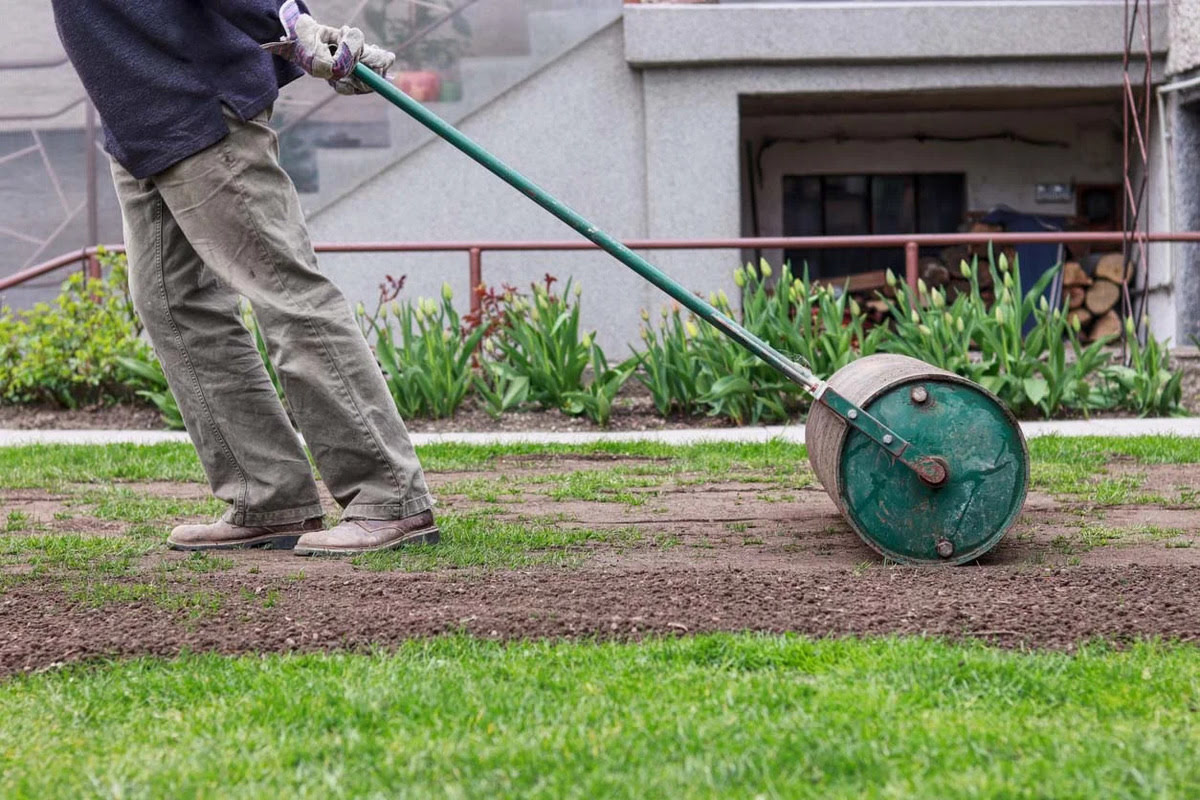
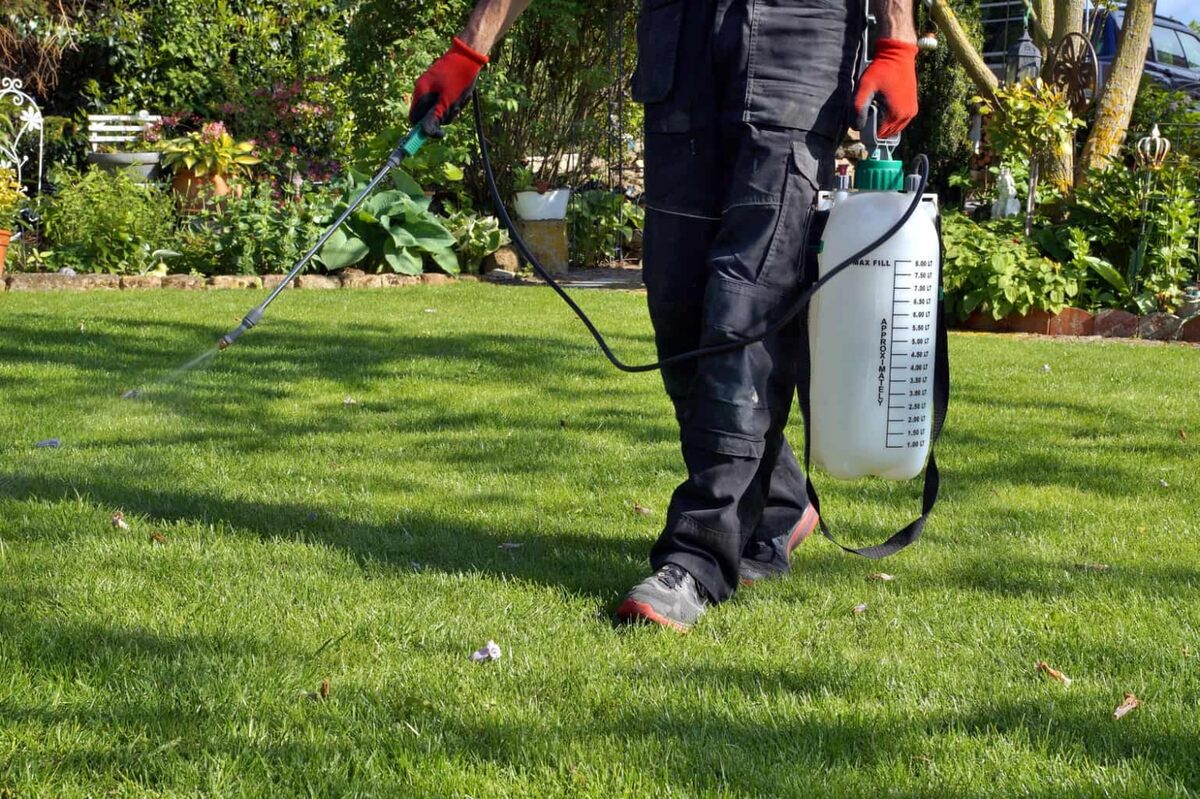
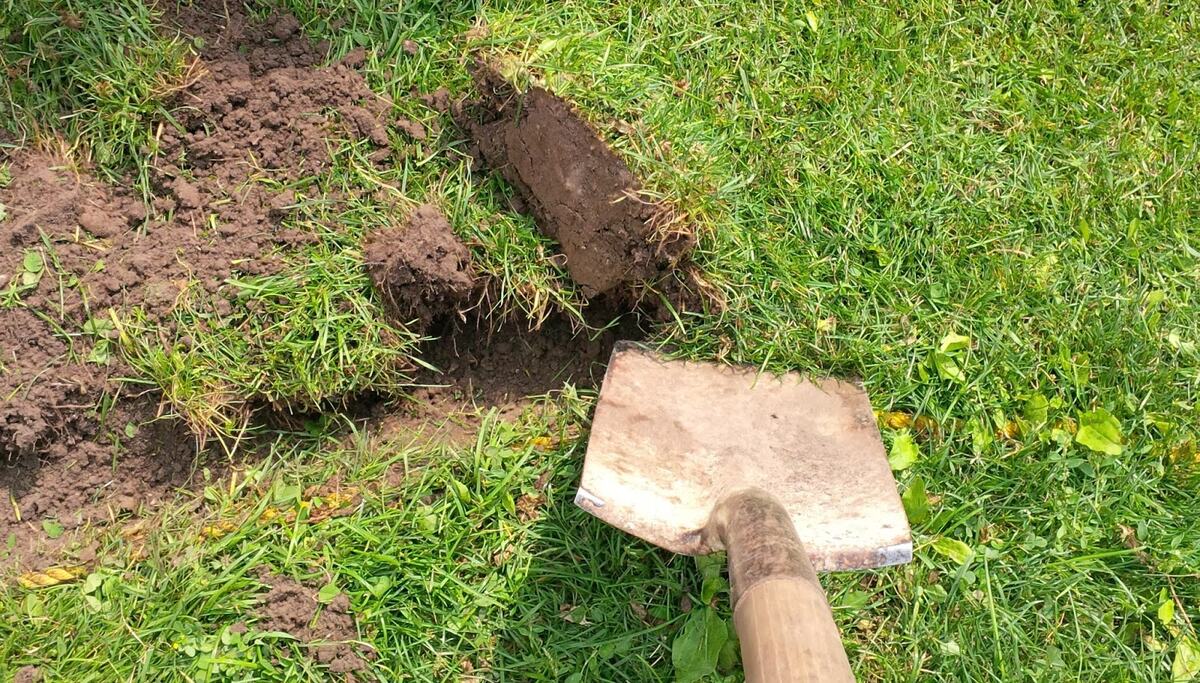
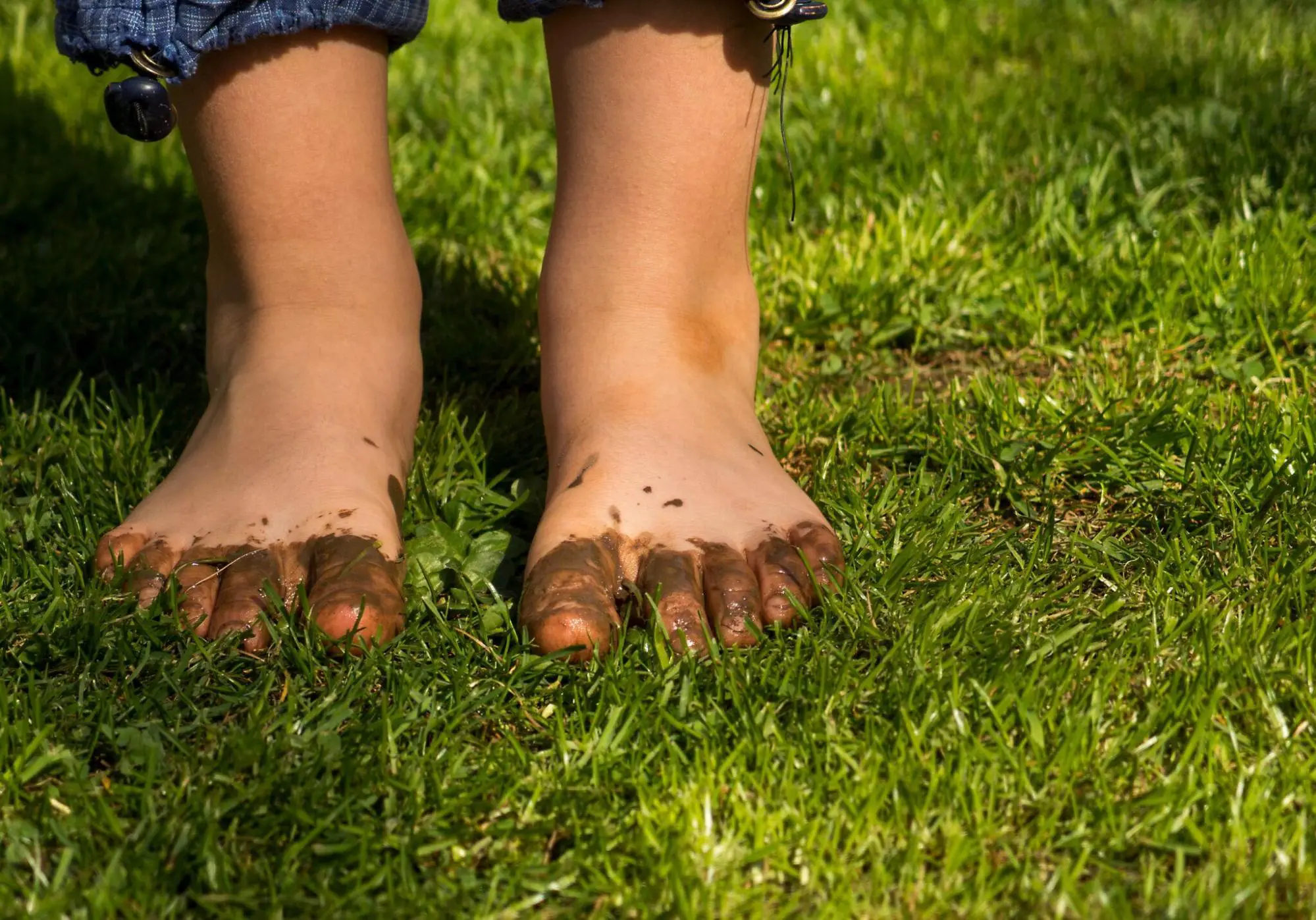
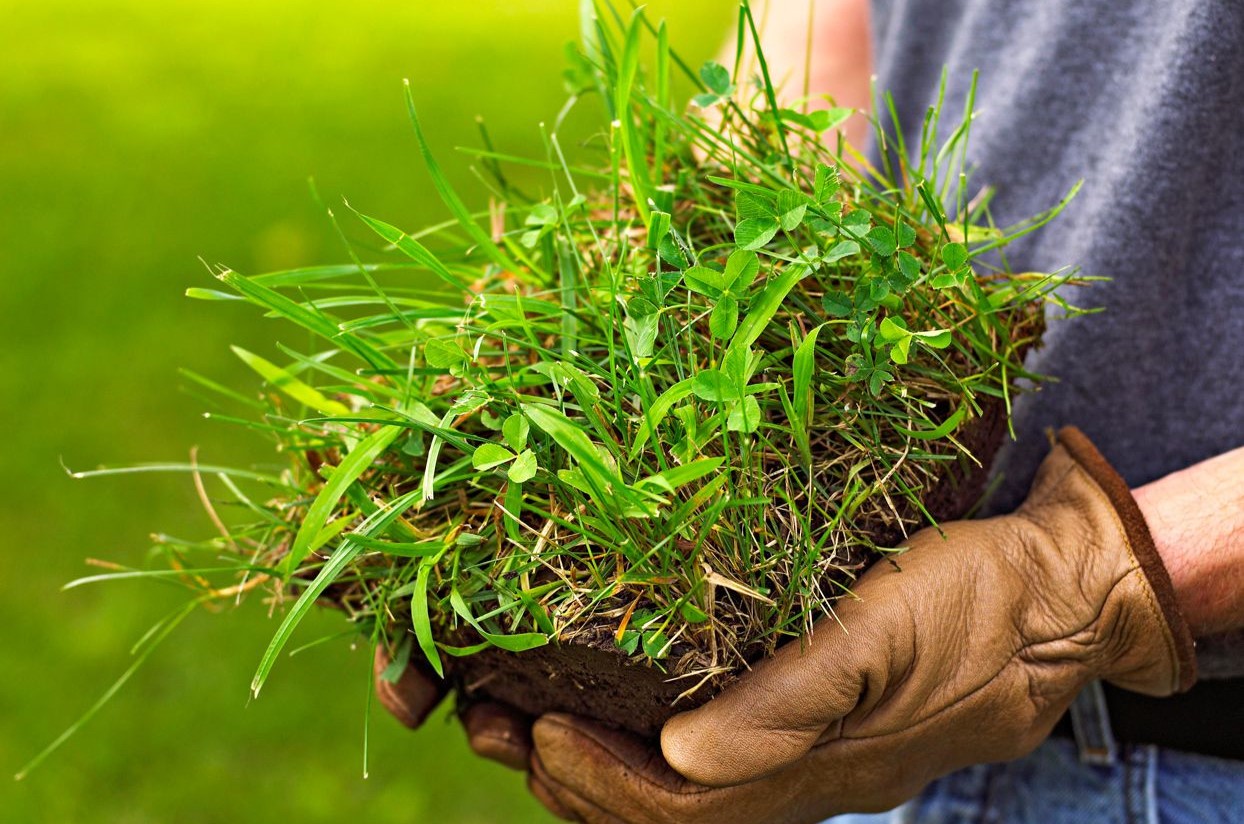
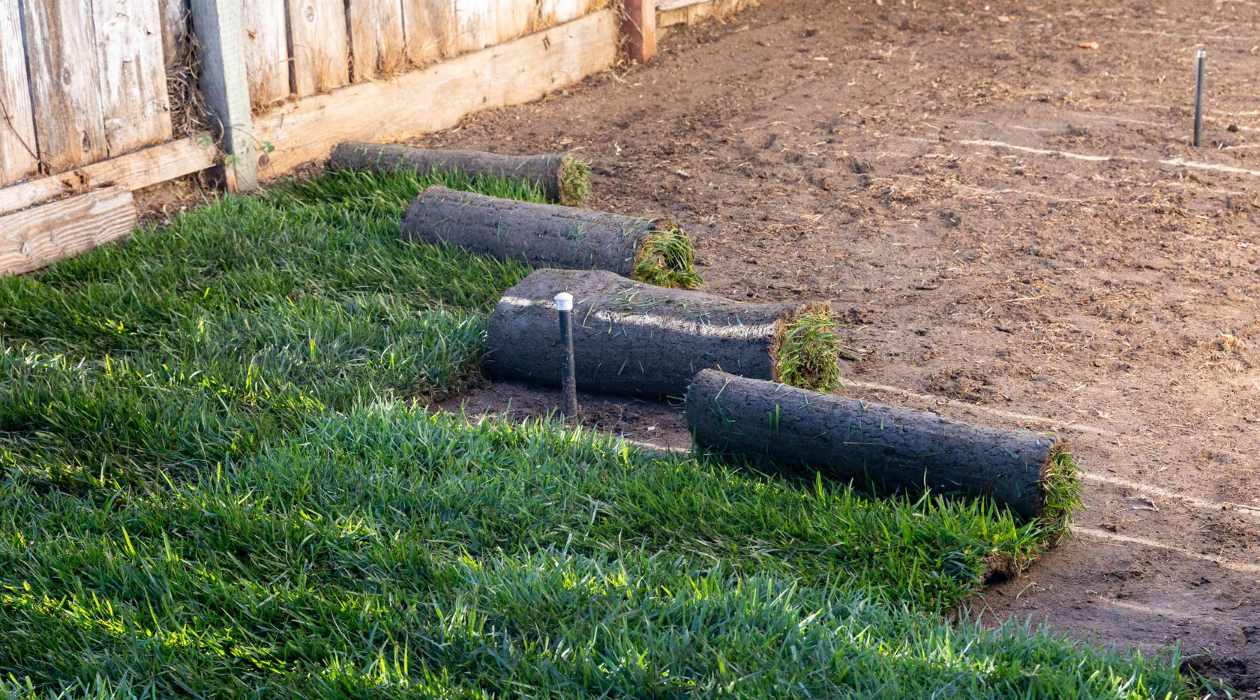

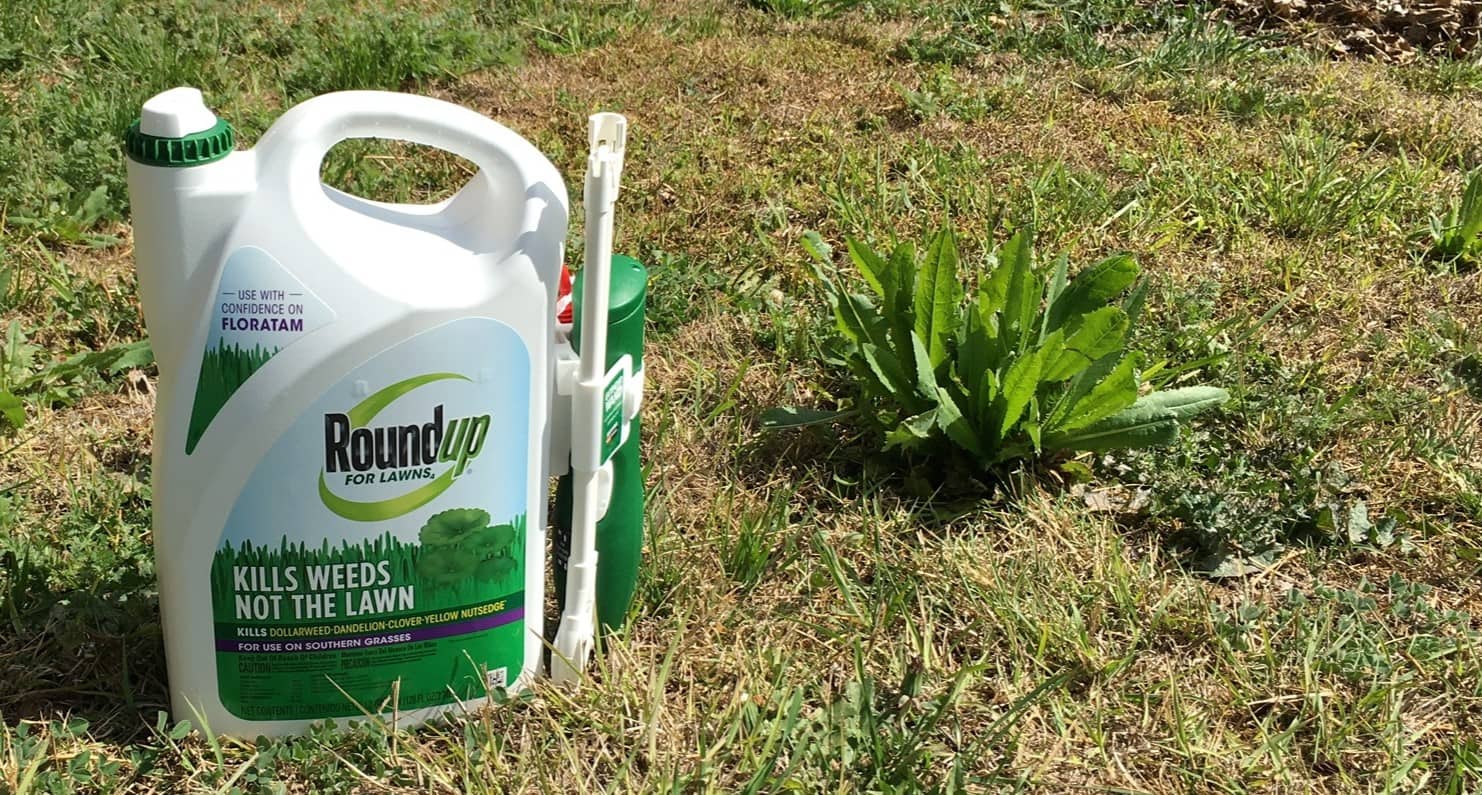


0 thoughts on “How To Turn A Yard Of Weeds Into Grass”